Recent statistics show that gas imports from Russia to Europe are on the rise, raising the question of whether Europe can completely get rid of its dependence on this energy source by 2027 as promised?
After the outbreak of the Russia-Ukraine conflict, at the Versailles Summit, European Union (EU) leaders affirmed their determination to completely eliminate Russian energy by 2027, including oil, gas and coal.
Since then, Europe has drastically reduced its dependence on Russian oil, with only a few countries, supplied by pipeline, continuing to import this energy source.
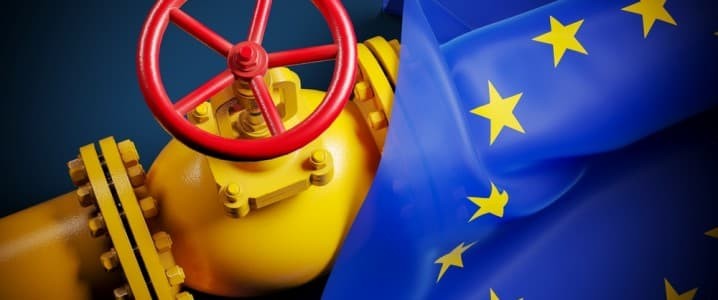 |
| LNG imports from Russia to the EU increased by 18% in the first half of 2024, while pipeline gas imports also increased in the first six months of this year. (Source: Oilprice) |
The situation with gas, however, is much more complicated. Given its deep dependence on Russian gas, the EU has not imposed a gas embargo. In the summer of 2022, Russia sharply reduced its pipeline gas exports to Europe. As a result, in 2023, Russia will supply only 15% of Europe’s gas consumption, compared to around 38% in 2021.
Although dependence has decreased, gas imports from Russia have recently tended to increase. In particular, liquefied natural gas (LNG) from Russia is gradually occupying an important position in the European market.
According to the Institute for Energy Economics and Financial Analysis (IEEFA), LNG imports from Russia to the EU increased by 18% in the first half of 2024 compared to the same period in 2023. In addition, the amount of gas imported from Russia via pipeline also increased in the first 6 months of 2024.
This shows that Europe is not only not close to its goal of completely eliminating Russian gas by 2027, but is also going against this trend.
The Belgian port of Zeebruges is one of three major ports in Europe that receive the majority of LNG from Russia. According to data from the Belgian Ministry of Energy, the port increased its LNG imports from Russia in 2023 and the first half of 2024. Imports increased by more than 11% between 2022 and 2023. In the first half of 2024, Zeebruges received 64.25 TWh of LNG from Russia, while the figure for the whole of 2023 was 86.25 TWh.
However, the majority of LNG imported from Russia to the port of Zeebruges is not consumed directly in Belgium but is transshipped, meaning that after unloading from the ship, the gas is loaded onto another ship for export to other markets, such as Asia and Africa. A small portion of the LNG is vaporized and fed into the gas network for export via pipeline to other countries. Only about 28% of the Russian LNG imported to Zeebruges in 2023 will be consumed domestically in Belgium.
The European Union recently banned the transshipment of Russian LNG to markets outside Europe. The ban will come into effect in March 2025, after which time Belgian company Fluxys will no longer be allowed to offload LNG from Russian icebreakers and load it onto other vessels for export to markets outside Europe. This may explain why Russia has increased LNG exports this year, in order to buy time before the ban comes into effect.
Still, Europe will need to take stronger measures if it is to achieve its goal of completely cutting its dependence on Russian gas by 2027.
Another factor that could contribute to speeding up this process is the end of the agreement for Russian gas transit through Ukraine, which is scheduled to end on January 1, 2025.
Europe’s complete reduction of its dependence on Russian gas in the next few years remains a major challenge. Despite progress in cutting back on Russian oil, LNG and gas remain difficult energy sources to replace in the short term, especially as imports from Russia continue to rise.
Source: https://baoquocte.vn/chau-au-tu-di-nguoc-muc-tieu-loai-bo-nang-luong-nga-kha-nang-nghi-choi-voi-moscow-van-kho-290600.html


![[Photo] Prime Ministers of Vietnam and Thailand visit the Exhibition of traditional handicraft products](https://vphoto.vietnam.vn/thumb/1200x675/vietnam/resource/IMAGE/2025/5/15/6cfcd1c23b3e4a238b7fcf93c91a65dd)
![[Photo] National Assembly Chairman Tran Thanh Man meets with Thai Prime Minister Paetongtarn Shinawatra](https://vphoto.vietnam.vn/thumb/1200x675/vietnam/resource/IMAGE/2025/5/15/e71160b1572a457395f2816d84a18b45)





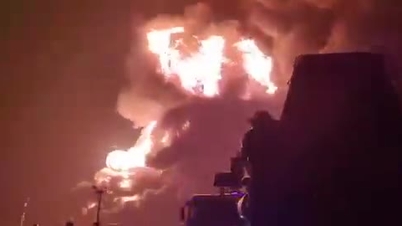










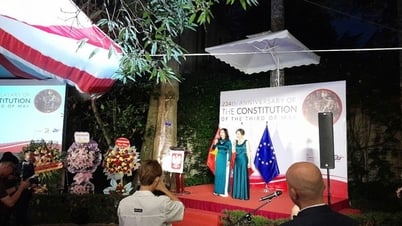















































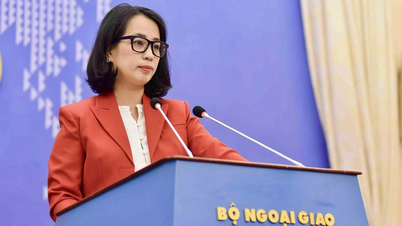


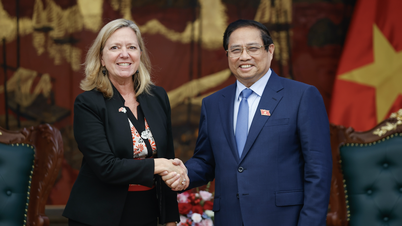




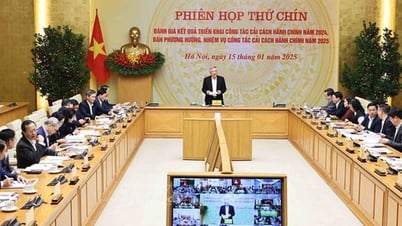









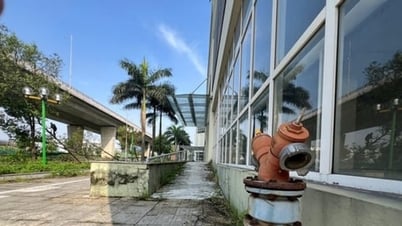










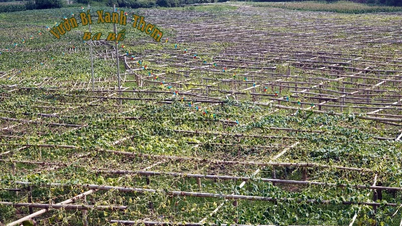

Comment (0)